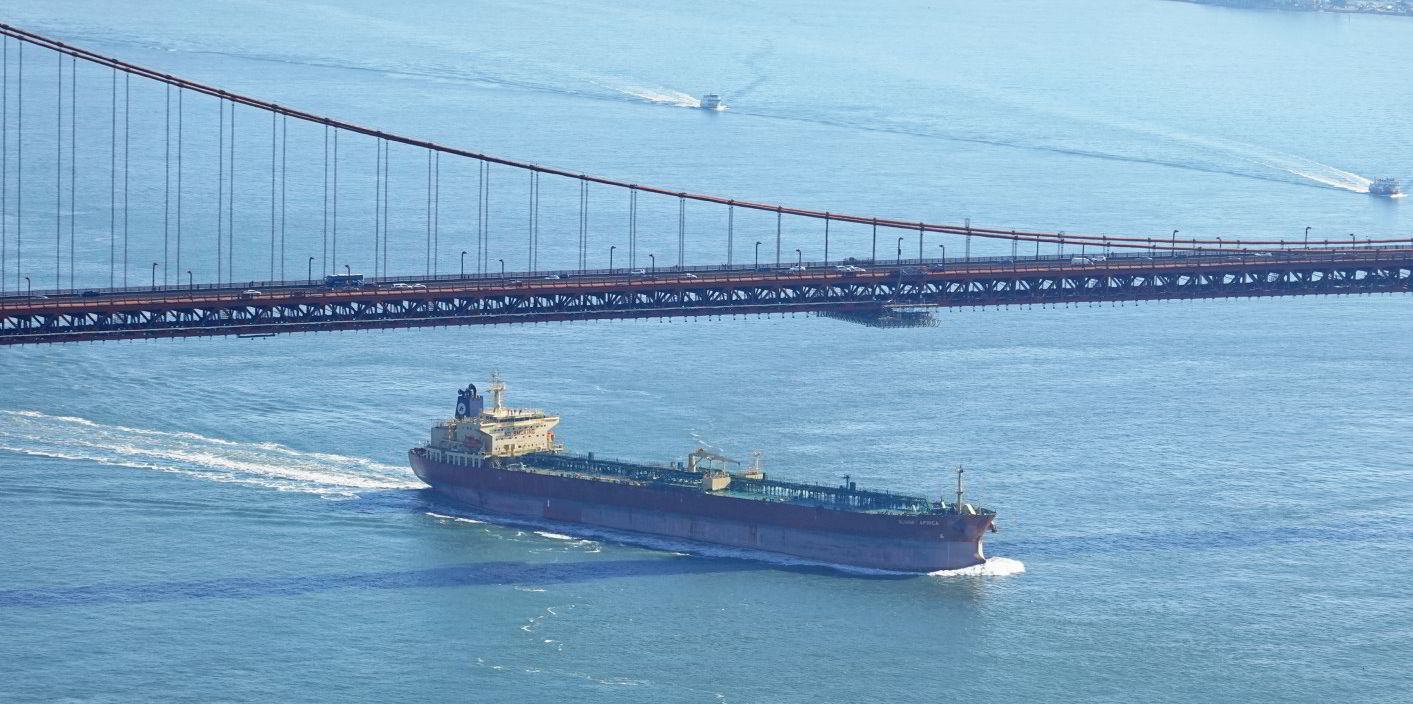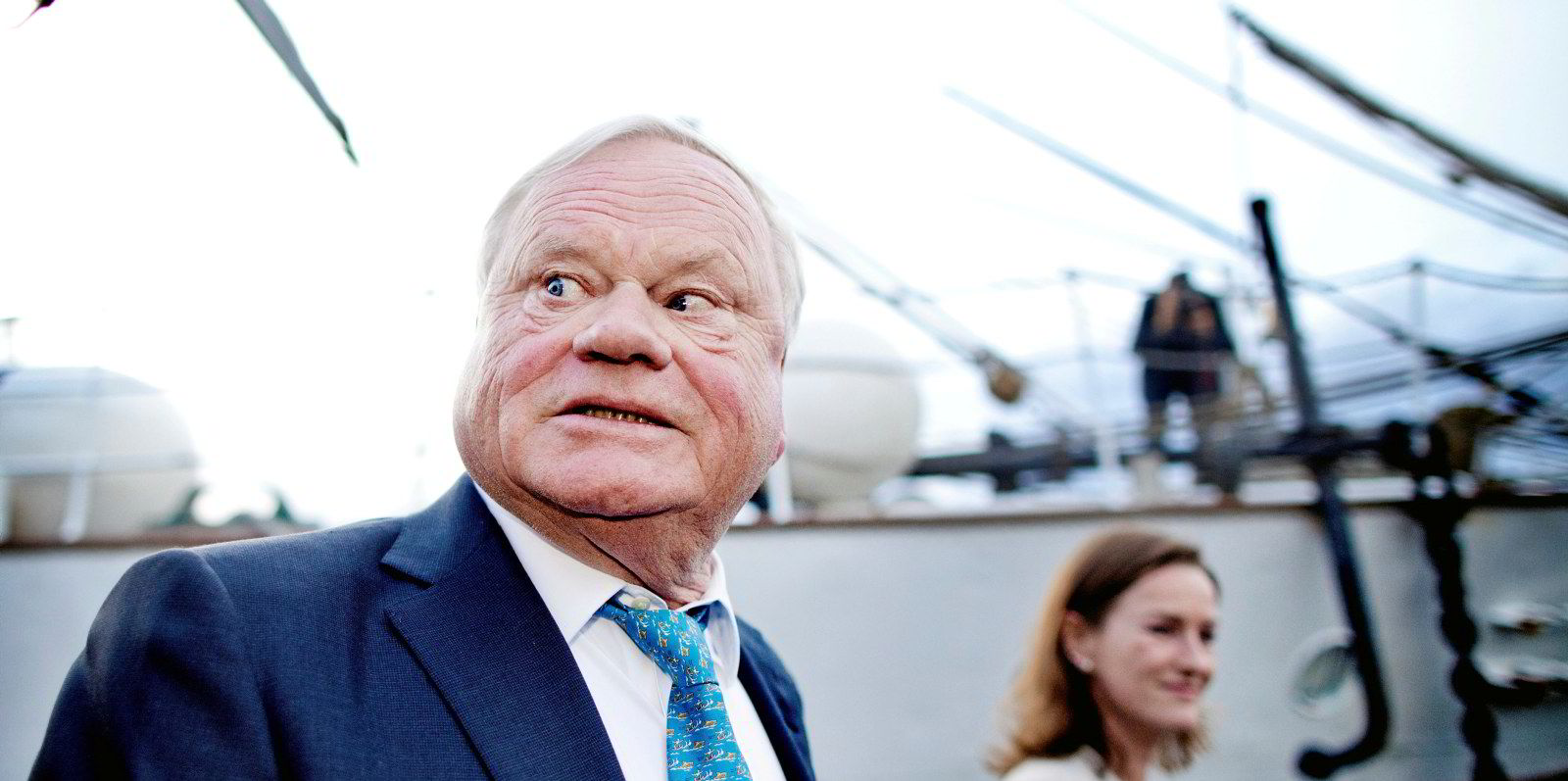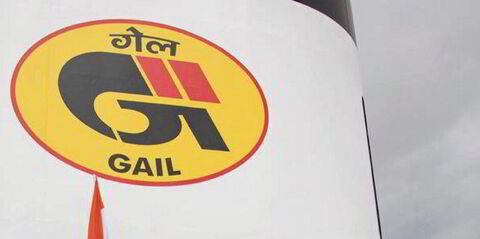Any tanker owners expecting a renaissance in the moribund LR1 sector should not get their hopes up, according to French shipbroker BRS Group.
TradeWinds reported last month that low-profile Chinese shipbuilder Haidong Shipyard had won an order for four 80,000-dwt clean carriers from Emepco FZE in the United Arab Emirates.
The ships, to be delivered in 2025 and 2026, represent the first such newbuilding contract since 2019.
“Indeed, previous years have seen the LR1 segment become slowly extinct amid a non-existent orderbook and as ships were slowly dirtied up or demolished altogether,” BRS said.
There are still 383 coated tankers between 60,000 dwt and 85,000 dwt out there, but the average age has rapidly increased: to 13 years compared with 10 in 2020.
As the fleet has aged, so the pool of units suitable for large international charterers has shrunk.
Only 189 tankers are under 15 years of age, a minimum requirement for charterers.
BRS believes the slow abandonment of the LR1 segment is due to tanker owners preferring the economies of scale available through the larger aframax-sized LR2s.
The cost of a new LR1 is put at $58m, with an LR2 at $69m. This price gap has closed to 19% from 30% in 2008.
“Despite the slowly shrinking LR1 fleet, demand for these … vessels remains relatively strong. There are numerous ports, notably in South America, which cannot accept LR2s and therefore there will remain niche demand going forward,” BRS said.
But a growing number of bigger refineries producing large cargoes make LR2s a better bet.
BRS believes some vintage LR1s could switch to trade dirty products and replace panamaxes, which are uncoated LR1s.
However, the broker concludes that the size will remain a niche concern.
Not back in vogue
“Despite the recent orders, we do not anticipate that the LR1 segment will come back into fashion amongst tanker owners,” it said.
A combination of an ageing fleet and steady niche demand makes the LR1 segment appear attractive, it added.
“Although we imagine this attraction will continue to support secondhand prices, if an owner was able to secure newbuild LR1s at the right price and at a decent discount to LR2s, then newbuilds could make sense,” BRS said.
“Furthermore, considering that many LR1s today are used for specific trades, we could see some LR1s ordered in the future for specific business.
“Indeed, considering the non-standard designs of the recent orders, we understand these have likely been ordered on the back of specific business.”




